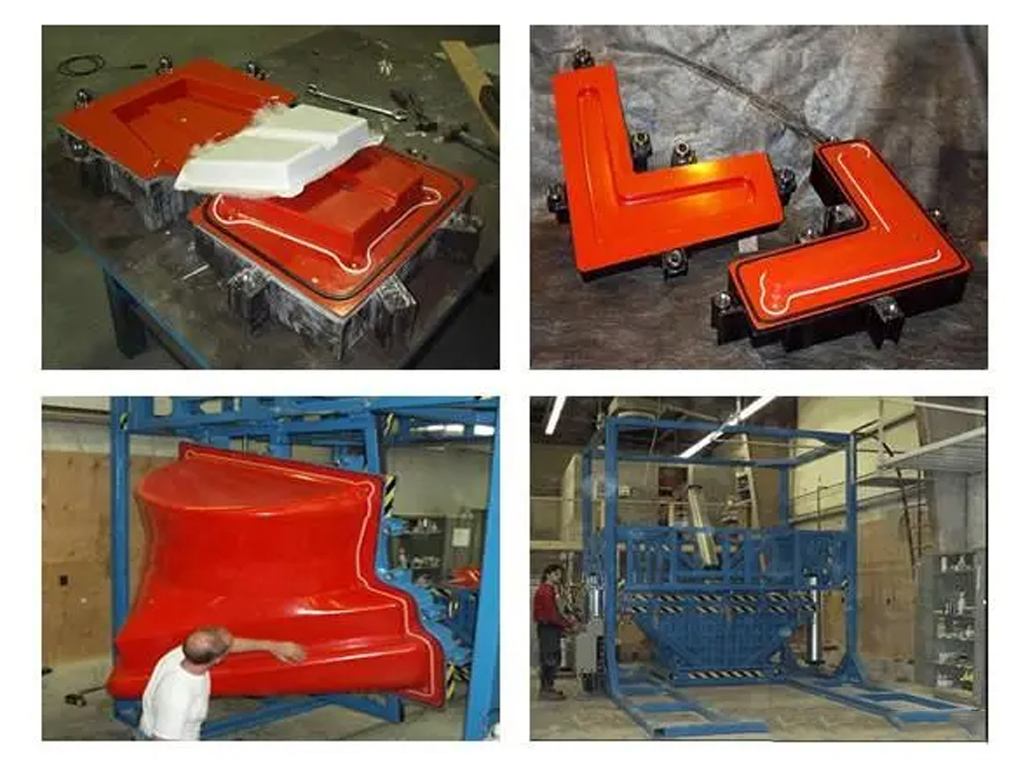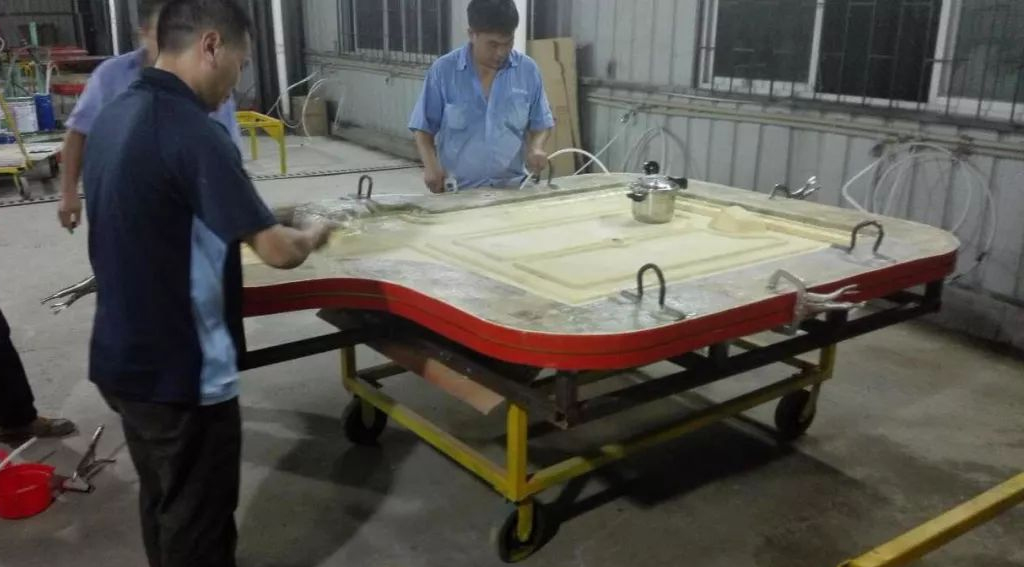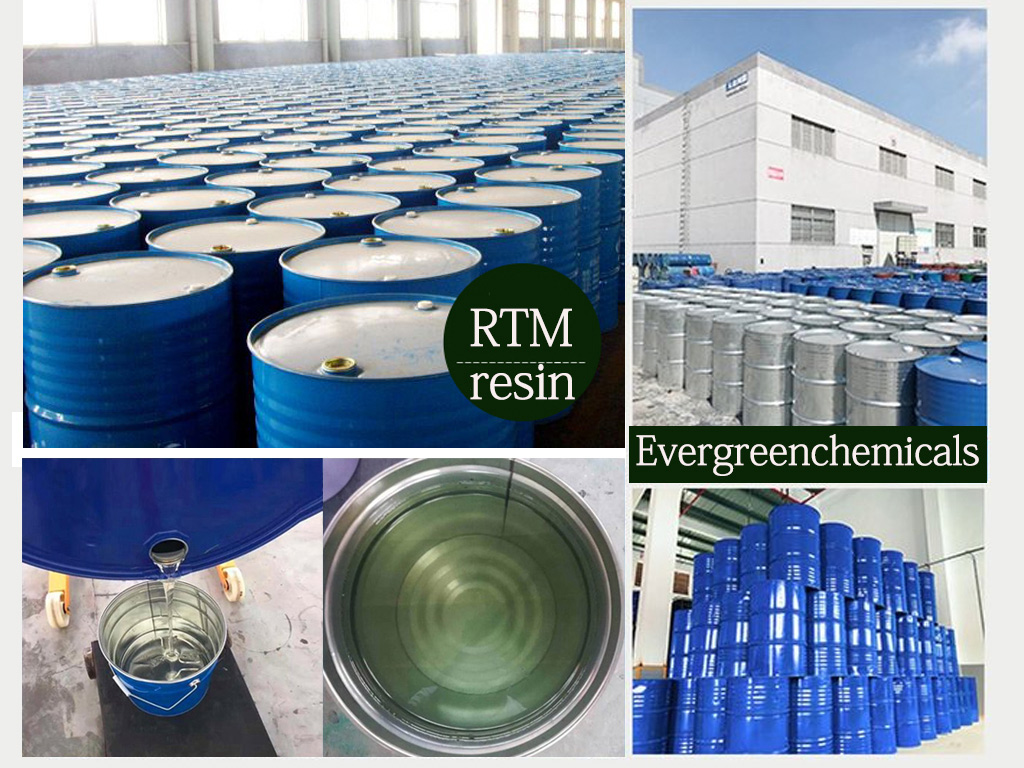What are the requirements for resin for RTM technology?
 Jul 18, 2023|
Jul 18, 2023| View:243
View:243Resin transfer molding (RTM) technology is a low-cost manufacturing method for composite materials, which also has certain requirements for the use of resins. Universal unsaturated polyester resin is a widely used resin system in the RTM process.

Initially primarily used for aircraft secondary load-bearing structural components such as hatch and inspection hatch covers. In 1996, the US Defense Pre Research Agency conducted research on low-cost RTM manufacturing technology for high-strength main load-bearing components. RTM technology has the advantages of high efficiency, low cost, good product quality, high dimensional accuracy, and little environmental impact. It can be applied to the forming of composite material parts with large volume, complex structure, and high strength, and has become one of the most active research directions in the field of aerospace material processing in recent years.

At present, the main derivative technologies are vacuum injection molding process (VIMP), flexible assisted RTM, and co injection RTM. These technologies retain the advantages of traditional RTM processes for impregnating large components with sandwich, reinforced, and embedded parts, and have the advantages of wide production range, stable product quality, easy integration with other weaving processes, and low-cost manufacturing.
Requirements for resin:
(1) RTM process specific resins are liquid or solid at room temperature and can exist stably at room temperature without any changes in the chemical composition or properties of the resin during storage.
(2) The resin system has an appropriate viscosity at the process temperature (within the working range of approximately 0.2-0.8 Pa • s), and excessive viscosity can lead to difficulties in resin flow and fiber/resin infiltration; Low temperature can lead to unstable flow and diffusion of resin, forming pores.
(3) Enough gel time to meet the requirements of resin flow filling and fiber infiltration. At the same time, the low viscosity retention time of the resin should be greater than 40 minutes to form the low viscosity platform characteristics required for RTM process resin.
(4) The resin does not generate volatile products during the injection and curing process, and the resin should have good wettability and adhesion to the reinforcing material.

Compared to traditional molding processes, the biggest advantage of RTM process is that it replaces the two-step or multi-step wetting process of traditional molding processes with one step wetting, reducing the processes of prepreg preparation, layering, vacuum bag, and curing in hot pressing tanks, thereby greatly reducing molding time and molding costs.












